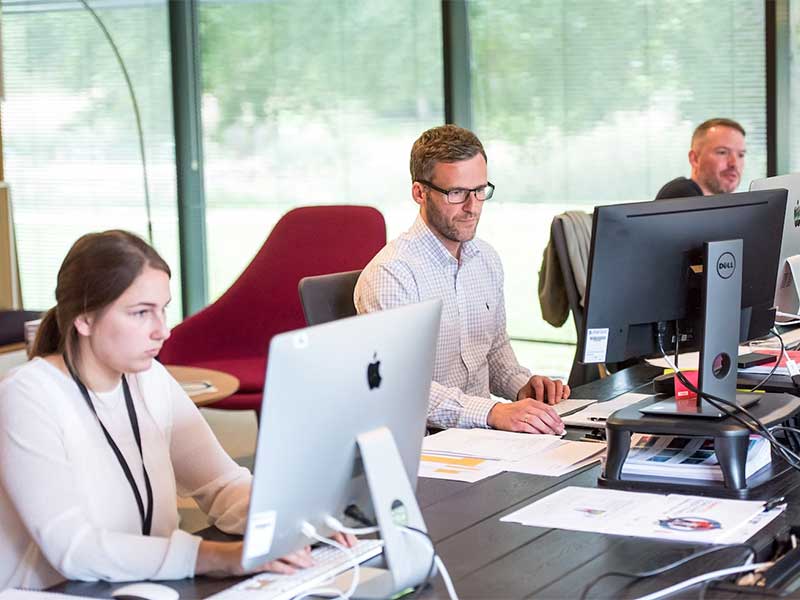The world of film and animation has undergone a dramatic transformation with the introduction of digital doubles, bringing about a level of photorealism that was once thought to be unattainable. These digital replicas of characters, objects, and environments have become a cornerstone of modern filmmaking, enhancing the visual appeal and storytelling capabilities of the industry.
Unveiling the Concept of Digital Doubles
What Are Digital Doubles?
Digital doubles, often referred to as virtual clones or digital twins, are computer-generated recreations of real-world entities, such as characters, props, and even entire scenes. These digital replicas are meticulously crafted to closely resemble their physical counterparts, with the goal of achieving the highest level of photorealism.
Leveraging Cutting-Edge Technology
The creation and application of digital doubles in film and animation are deeply intertwined with advancements in technology. Here’s how the utilization of cutting-edge tools and techniques has transformed the industry:
3D Scanning and Modeling: The process often begins with 3D scanning, which captures physical objects or actors in minute detail. This data serves as the foundation for creating digital doubles.
High-Resolution Textures: To achieve photorealism, digital doubles feature high-resolution textures and materials that mimic the nuances of real-world surfaces.
Advanced Rigging and Animation: Rigging and animation techniques allow digital doubles to move and emote with remarkable fidelity, replicating human and object behavior.
Facial Animation: Realistic facial animation is a pivotal component, enabling characters to convey emotions and expressions convincingly.
The Evolution of Digital Doubles in Film and Animation
The application of digital doubles for film and animation has evolved significantly over time. This evolution is marked by several noteworthy developments:
1. Realistic Character Portrayals
Digital doubles have empowered filmmakers to create characters with unparalleled realism. Actors’ performances are captured and translated into digital form, allowing them to exist in entirely different worlds and scenarios.
2. Stunt and Action Sequences
The use of digital doubles has enhanced the safety and spectacle of stunt and action sequences. High-risk scenes can be performed by digital stand-ins, mitigating risks to human actors.
3. Historical and Fantasy Settings
Digital doubles have enabled filmmakers to recreate historical events and fantastical realms with unparalleled accuracy. This opens up a world of storytelling possibilities.
4. De-Aging and Aging Characters
Digital doubles have been instrumental in the de-aging and aging of characters, allowing actors to portray their roles convincingly across different periods.
5. Complex Visual Effects
Digital doubles play a central role in complex visual effects sequences, seamlessly integrating with live-action footage to create awe-inspiring moments on screen.
Challenges and Future Prospects
The use of digital doubles in film and animation has brought remarkable benefits, but it also comes with challenges. The demand for computational power and skilled artists and technicians is high. As technology advances, we can anticipate the following developments:
- 1. Enhanced Realism: As technology continues to evolve, digital doubles will become even more lifelike, with advancements in materials, lighting, and rendering techniques.
- 2. Streamlined Production: The integration of digital doubles into the production pipeline will become more efficient, reducing costs and accelerating the filmmaking process.
- 3. Virtual Production: The adoption of virtual production techniques, incorporating real-time rendering and digital doubles, will become more common, changing the way films are made.
- 4. Creative Freedom: Filmmakers will enjoy greater creative freedom with digital doubles, pushing the boundaries of storytelling and visual effects.
Also read: The Recent Trends in Animation and Motion Graphics







